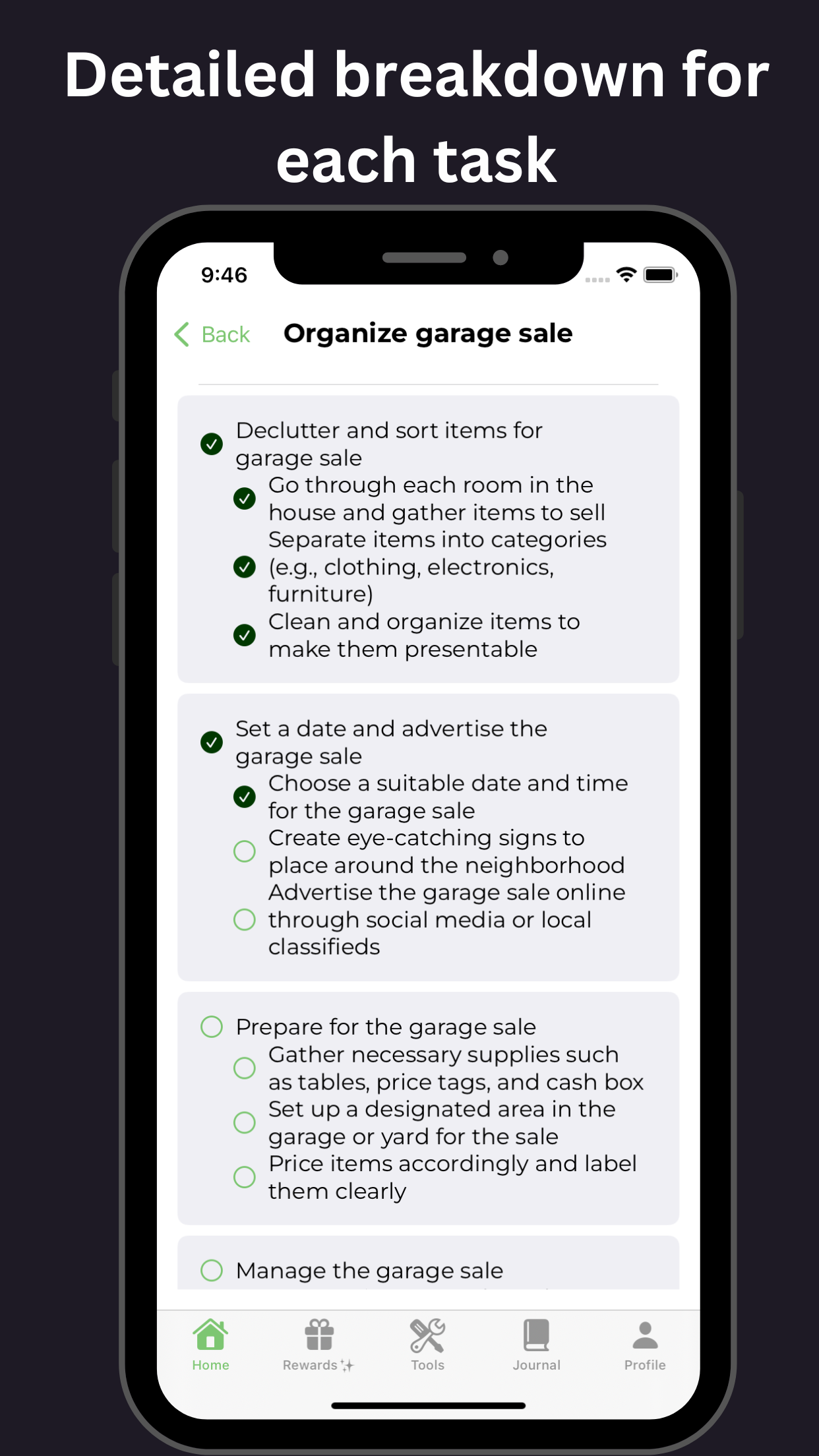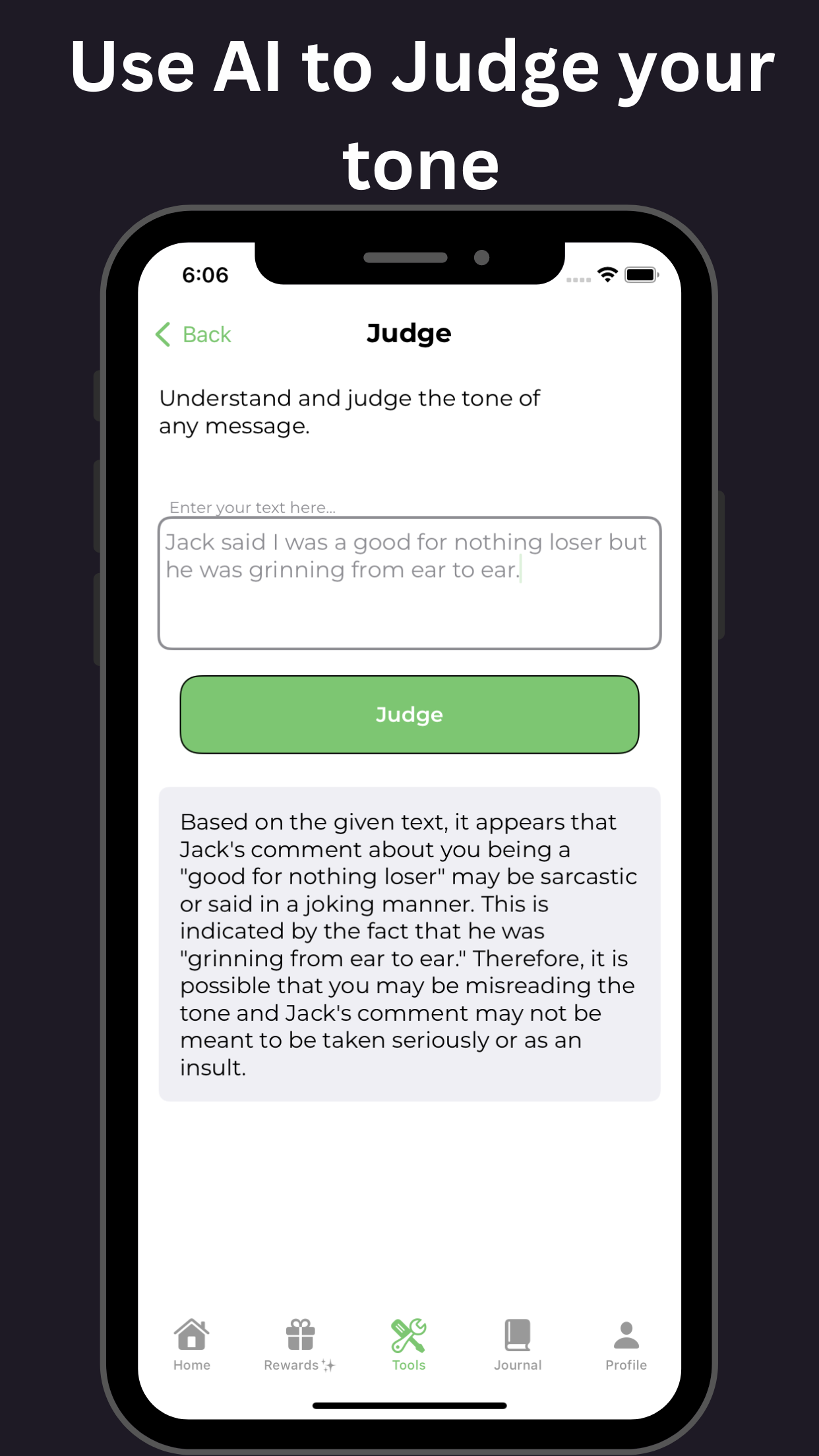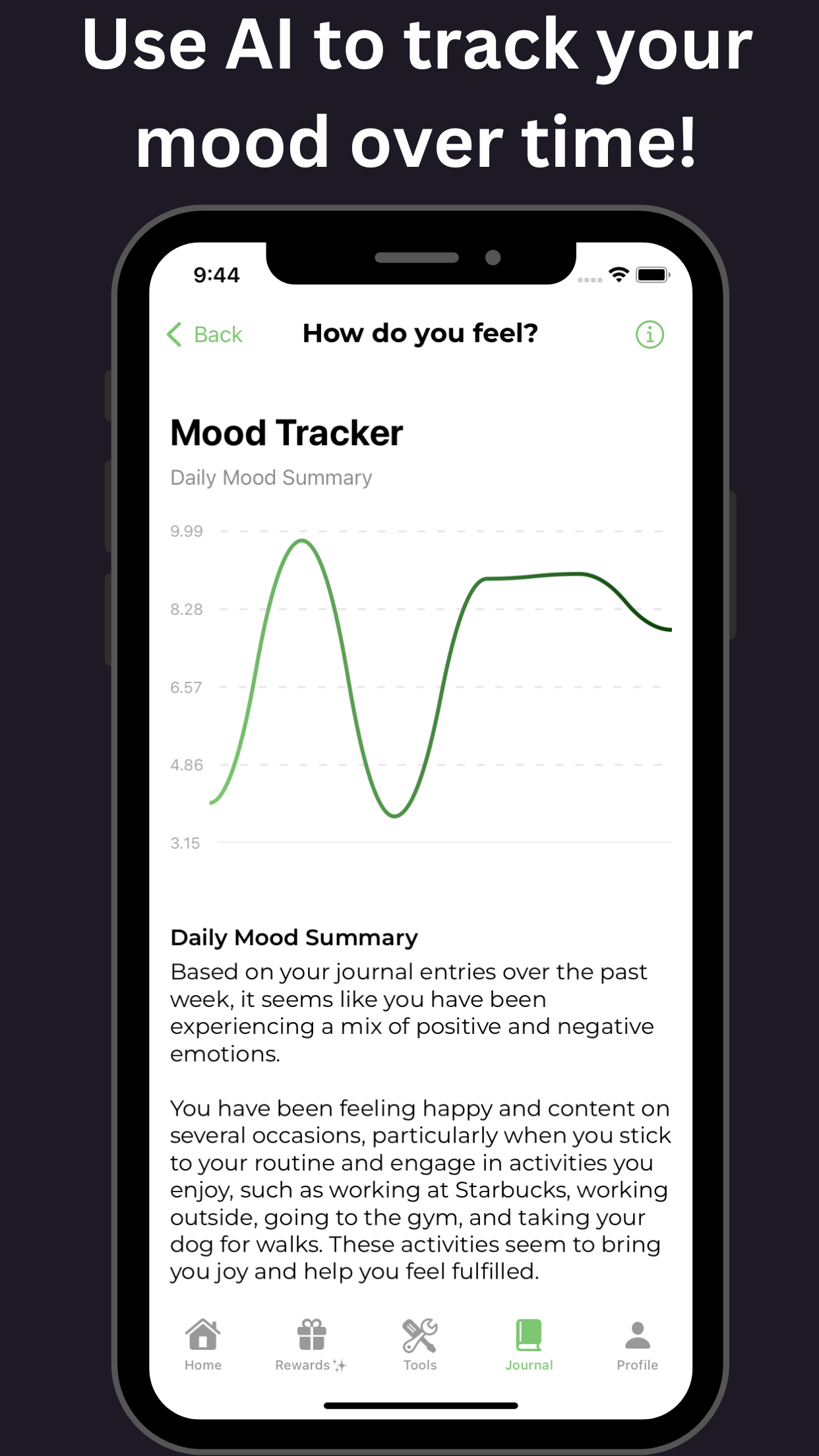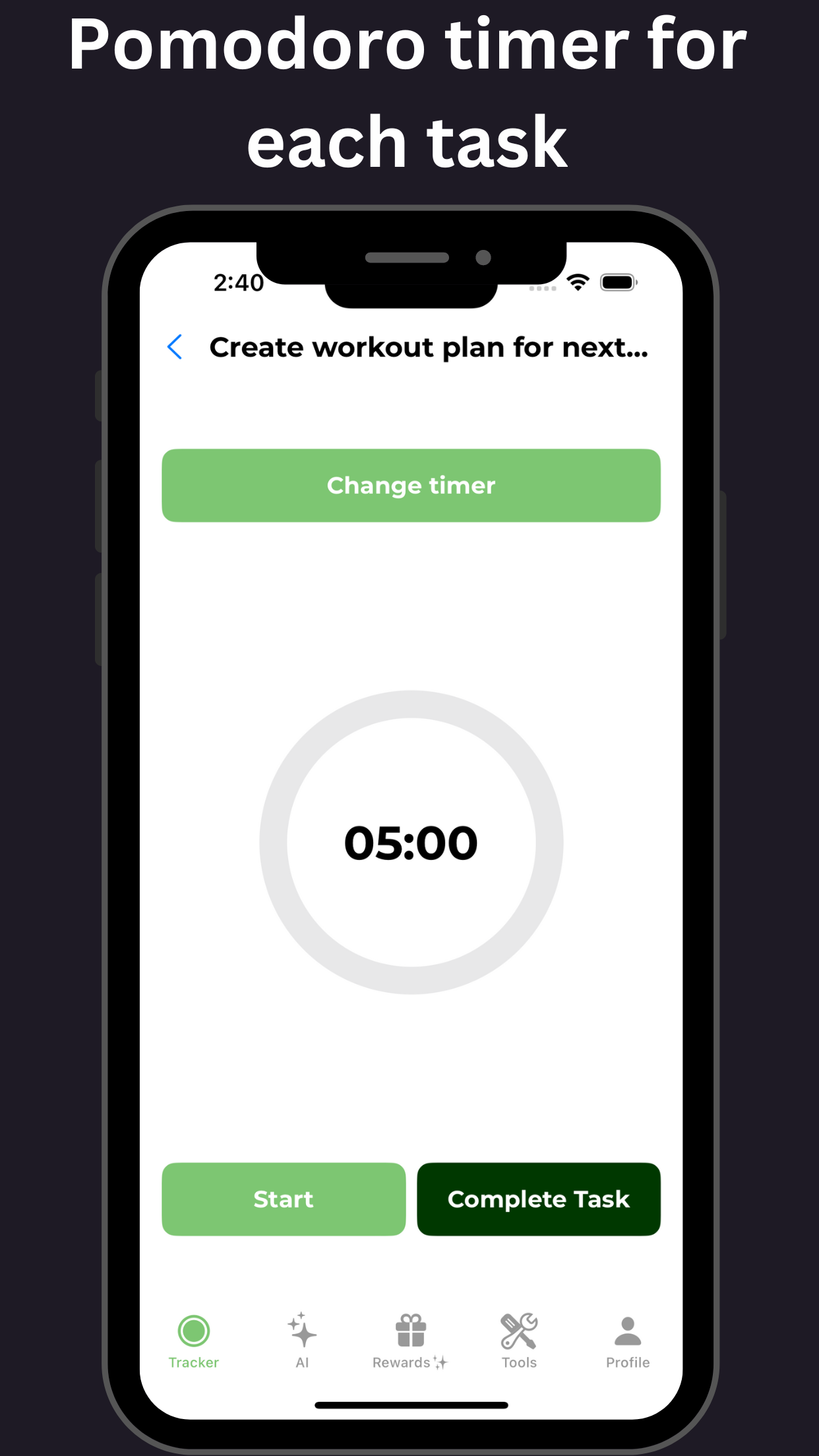How Do You Handle Temper Tantrums: Expert Strategies to Tame Out-of-Control Behavior in Children
Key Takeaways
| Key Strategies | Description |
|---|---|
| 1. Stay Calm | Remain calm, patient, and composed to de-escalate the situation. |
| 2. Validate Feelings | Acknowledge and accept the child's feelings to show empathy and understanding. |
| 3. Set Clear Boundaries | Establish clear rules and expectations to help the child feel secure and in control. |
| 4. Offer Choices | Provide the child with choices to give them a sense of control and autonomy. |
| 5. Use Positive Language | Use positive and descriptive language to redirect the child's behavior. |
| 6. Provide Emotional Support | Offer physical comfort and reassurance to help the child regulate their emotions. |
| 7. Use Distraction Techniques | Use distraction techniques, such as redirecting the child's attention, to calm them down. |
| 8. Teach Coping Skills | Teach the child coping skills, such as deep breathing and counting, to manage their emotions. |
| 9. Model Good Behavior | Model good behavior and emotional regulation to show the child how to manage their emotions. |
| 10. Provide a Safe Space | Provide a safe and comfortable space for the child to express their emotions without judgment. |
Understanding Temper Tantrums: What are temper tantrums, why do they happen, and what are the common triggers?
Understanding Temper Tantrums: The What, Why, and Triggers
Temper tantrums are intense outbursts of anger, frustration, or despair, typically exhibited by children aged 1-4 years, but can also occur in older children and adults. These episodes are often characterized by screaming, crying, throwing objects, and physical aggression. So, why do temper tantrums happen, and what triggers them?
What are Temper Tantrums?
Temper tantrums are a normal part of child development, as children learn to express and regulate their emotions. During a tantrum, the child’s brain is overwhelmed, leading to a loss of control and rational thinking.
Why do Temper Tantrums Happen?
Temper tantrums occur due to various reasons, including:
- Frustration: Inability to communicate effectively or achieve a goal.
- Tiredness: Physical or emotional exhaustion.
- Hunger or thirst: Unmet basic needs.
- Overstimulation: Too much sensory input.
- Transition difficulties: Adapting to changes in routine or environment.
Common Triggers for Temper Tantrums
- Sleep deprivation
- Hunger or skipping meals
- Sudden changes in routine
- Refusal of a request
- Exposure to loud noises or crowded spaces
Now that we understand what temper tantrums are, why they happen, and what triggers them, let’s move on to the crucial part - How Do You Handle Temper Tantrums? (We’ll explore this in the next section.)

Recognizing the Signs: Identifying the signs of an impending tantrum, and understanding how to recognize when your child is reaching a breaking point
Recognizing the Signs: A Crucial Step in Handling Temper Tantrums in Children
Identifying the signs of an impending tantrum is crucial in handling temper tantrums effectively. By recognizing the early warning signs, parents can take proactive steps to calm their child down and prevent the tantrum from escalating. So, how do you handle temper tantrums? The key lies in understanding the signs that indicate your child is reaching a breaking point.
Common signs of an impending tantrum include:
- Whining or complaining
- Stomping or pacing
- Crossing arms or legs
- Making demands or throwing toys
- Becoming easily frustrated or irritated
- Displaying physical tension, such as clenching fists or gritting teeth
- Refusing to listen or cooperate
- Exhibiting rapid breathing or changes in skin tone
By being aware of these signs, parents can take immediate action to de-escalate the situation and prevent a full-blown tantrum. Some strategies for recognizing the signs and handling temper tantrums include:
- Staying calm and patient
- Offering empathy and validation
- Providing choices and encouraging independence
- Setting clear boundaries and consequences
- Engaging in soothing activities, such as deep breathing or reading
- Using positive language and reinforcement
By recognizing the signs of an impending tantrum and taking proactive steps to address the issue, parents can reduce the frequency and severity of temper tantrums and create a more peaceful and harmonious home environment. So, to answer the question of how do you handle temper tantrums, the key is to stay calm, aware, and proactive.
Setting Boundaries: Strategies for setting clear limits and establishing boundaries with your child to reduce the occurrence of tantrums
Setting Boundaries: Key to Reducing Tantrums and Mastering How to Handle Temper Tantrums
Establishing clear boundaries is a crucial aspect of parenting, particularly when it comes to minimizing the occurrence of temper tantrums. By setting limits and being consistent, parents can help their children develop self-regulation skills, reducing the frequency and intensity of tantrums. Effective boundary-setting strategies include:
- Clearly communicating expectations and consequences
- Establishing routines and sticking to them
- Setting realistic and achievable goals
- Using positive language and reinforcement
- Avoiding power struggles and staying calm
- Providing choices and offering alternatives
- Modeling good behavior and emotional regulation
- Being consistent and following through on consequences
- Encouraging communication and validating emotions
By implementing these strategies, parents can establish a foundation for healthy relationships with their children, reduce tantrums, and master the art of handling temper tantrums.
De-escalation Techniques: Effective methods for calming your child down and de-escalating a tantrum in progress
De-escalation Techniques to Handle Temper Tantrums: A Parent’s Guide
When faced with a child’s temper tantrum, it’s essential to have effective de-escalation techniques to calm them down and restore peace. Here are some proven methods to handle temper tantrums:
- Stay Calm: Remain calm, patient, and composed to de-escalate the situation. Avoid getting angry or matching your child’s emotional intensity.
- Acknowledge Feelings: Validate your child’s emotions by acknowledging their feelings and offering empathy. This helps them feel heard and understood.
- Use Positive Language: Speak in a soft, gentle tone, using positive language to redirect your child’s behavior. Focus on what you want them to do instead of what not to do.
- Offer Choices: Provide choices to give your child a sense of control and agency. This can help reduce frustration and tantrums.
- Use Non-Verbal Cues: Use non-verbal cues like gentle touch, hugs, or holding hands to comfort and calm your child.
- Create a Safe Space: Designate a safe space for your child to calm down, free from distractions and stimuli.
- Use Deep Breathing: Encourage your child to practice deep breathing exercises to calm down and regulate their emotions.
- Redirect Attention: Redirect your child’s attention to a different activity or toy to distract them from the source of frustration.
- Use Positive Reinforcement: Praise and reward your child for calm behavior, reinforcing positive habits.
- Model Good Behavior: Model good emotional regulation and behavior yourself, as children learn from what they see.
By incorporating these de-escalation techniques into your parenting arsenal, you’ll be better equipped to handle temper tantrums and create a more peaceful environment for your child to grow and develop.
Tantrum Prevention: Tips for preventing tantrums from happening in the first place, including prevention strategies for specific situations like shopping trips and bedtime
Tantrum Prevention: Mastering the Art of Avoiding Meltdowns
Preventing tantrums is the most effective way to handle temper tantrums. By anticipating and preparing for potential triggers, you can significantly reduce the likelihood of a meltdown. Here are some valuable tips to help you prevent tantrums in various situations:
General Prevention Strategies
- Establish a Daily Routine: Stick to a regular schedule for meals, sleep, and activities to provide a sense of security and stability.
- Encourage Communication: Teach your child to express their feelings and needs through words, reducing the likelihood of frustration.
- Model Good Behavior: Children learn from what they see, so model calm and respectful behavior yourself.
- Offer Choices: Provide choices within reason, giving your child a sense of control and agency.
Prevention Strategies for Specific Situations
- Shopping Trips:
- Prepare your child in advance, explaining what to expect and setting clear boundaries.
- Bring snacks and entertainment to keep them occupied.
- Avoid shopping when your child is tired or hungry.
- Bedtime:
- Establish a calming pre-sleep routine, such as reading or storytelling.
- Gradually transition your child to independence at bedtime.
- Avoid screens and stimulating activities before bedtime.
- Transitions:
- Use a visual timer to help your child prepare for transitions.
- Offer warnings and explanations to ease the transition.
- Make transitions fun by incorporating games or challenges.
Additional Tips
- Stay Calm and Patient: Manage your own emotions to respond effectively to potential tantrum triggers.
- Offer Empathy and Validation: Acknowledge your child’s feelings and concerns to prevent escalation.
- Redirect and Distract: Redirect your child’s attention to a different activity or toy to prevent tantrums.
By implementing these prevention strategies, you’ll be better equipped to handle temper tantrums and reduce their frequency. Remember, preventing tantrums is key to creating a more peaceful and harmonious environment for both you and your child.
Managing Toddler Tantrums: Specific advice for handling tantrums in toddlers, including understanding normal toddler behavior and development
How Do You Handle Temper Tantrums: A Guide to Managing Toddler Tantrums
Handling temper tantrums in toddlers can be challenging, but understanding normal toddler behavior and development is key to managing these outbursts. Here are some specific tips on how to handle temper tantrums:
Understanding Normal Toddler Behavior
- Tantrums are a normal part of toddler development, typically occurring between 18 months and 3 years old.
- Toddlers lack impulse control and struggle with regulating their emotions.
- Tantrums can be triggered by frustration, tiredness, hunger, or overstimulation.
Preventing Tantrums
- Establish a daily routine to provide a sense of security and stability.
- Offer choices to give your child a sense of control.
- Encourage communication by teaching your child to express their feelings.
- Provide a safe and nurturing environment to reduce stress and anxiety.
Handling Tantrums
- Stay calm and patient, as your child will feed off your emotions.
- Validate your child’s feelings by acknowledging their emotions.
- Offer empathy and comfort without giving in to demands.
- Use positive language to redirect your child’s behavior.
- Set clear boundaries and consequences while remaining calm.
Strategies for Managing Tantrums
- Use the “5 S’s”: Stay calm, Speak softly, Slow down, Set boundaries, and Show empathy.
- Use distraction techniques, such as redirecting your child’s attention to a different activity.
- Use natural consequences, such as taking away a toy that was thrown.
- Use positive reinforcement, such as praising good behavior.
After the Tantrum
- Once the tantrum has passed, reassure your child that everything is okay.
- Encourage your child to express their feelings and talk about what happened.
- Use the opportunity to teach your child about emotions and how to manage them.
By following these tips, you can learn how to handle temper tantrums effectively and help your child develop emotional regulation skills that will last a lifetime.
Coping with Adult Temper Tantrums: How to handle tantrums in adult relationships, including strategies for communicating effectively and maintaining boundaries
Coping with Adult Temper Tantrums: Strategies for Handling Tantrums in Adult Relationships
Handling adult temper tantrums can be challenging, especially when they occur in personal or professional relationships. Learning how to navigate these situations effectively is crucial to maintaining healthy relationships and reducing stress.
Understanding Adult Temper Tantrums
Adult temper tantrums are intense outbursts of anger, frustration, or irritation, often accompanied by aggressive behavior, yelling, or sulking. These episodes can be triggered by various factors, such as stress, anxiety, or feeling overwhelmed.
How Do You Handle Temper Tantrums?
To handle adult temper tantrums effectively, follow these strategies:
- Stay Calm: Remain calm and composed during the tantrum, as it can help de-escalate the situation.
- Set Boundaries: Establish clear boundaries and communicate them assertively to prevent future tantrums.
- Use Active Listening: Listen attentively to the person’s concerns and respond empathetically to show understanding.
- Avoid Taking It Personally: Refrain from taking the tantrum personally, as it’s often a manifestation of the person’s internal struggles.
- Practice Empathy: Show understanding and acknowledge the person’s feelings to diffuse tension.
- Use Positive Language: Speak in a calm, respectful tone, using positive language to redirect the conversation.
- Encourage Healthy Communication: Model healthy communication by expressing your feelings and needs clearly.
- Take a Break: If necessary, take a break from the conversation to prevent further escalation.
Strategies for Communicating Effectively
- Use “I” Statements: Express your feelings and thoughts using “I” statements, which help avoid blame and defensiveness.
- Ask Open-Ended Questions: Encourage the person to share their feelings by asking open-ended questions.
- Paraphrase and Summarize: Repeat back what you’ve understood from the conversation to ensure clarity and show understanding.
- Avoid Interruptions: Allow the person to express themselves without interruptions.
Maintaining Boundaries
- Set Clear Expectations: Communicate your expectations and boundaries clearly.
- Be Consistent: Consistently enforce your boundaries to avoid confusion.
- Prioritize Self-Care: Take care of yourself physically, emotionally, and mentally to maintain your resilience.
- Seek Support: If needed, seek support from friends, family, or a therapist to develop strategies for handling tantrums.
By implementing these strategies, you’ll be better equipped to handle adult temper tantrums and improve your relationships. Remember, effective communication, empathy, and setting boundaries are key to navigating these challenging situations.
When to Worry: Understanding when tantrums may be a sign of an underlying issue, and knowing when to seek professional help
When to Worry: Identifying Underlying Issues in Tantrums and Knowing When to Seek Help
As a parent, it’s essential to differentiate between normal temper tantrums and those that may indicate a deeper issue. Understanding when to worry and seeking professional help when necessary can make a significant difference in your child’s emotional and psychological well-being.
Recognizing the signs:
- Frequency and duration: Tantrums that occur frequently, last longer than usual, or are more intense may be a cause for concern.
- Age and development: Tantrums in children over the age of 5 or those that persist beyond the typical developmental stage may indicate an underlying issue.
- Triggers and patterns: Tantrums that are triggered by specific situations or people, or follow a consistent pattern, may suggest an underlying problem.
- Co-occurring behaviors: Tantrums accompanied by aggression, self-injury, or other concerning behaviors require immediate attention.
When to seek professional help:
- If your child’s tantrums are causing significant distress or impairment in daily life.
- If you’ve tried various tantrum-management strategies without success.
- If you notice any signs of anxiety, depression, or other mental health concerns.
- If your child is experiencing physical harm or putting others at risk during tantrums.
Don’t hesitate to seek help: If you’re unsure about your child’s tantrums or feel overwhelmed, consult with a pediatrician, therapist, or counselor. They can help you identify underlying issues and develop effective strategies to handle temper tantrums and promote healthy emotional development.
Keywords: how do you handle temper tantrums, tantrum management, underlying issues in tantrums, seeking professional help for tantrums, child emotional development, parenting strategies for tantrums.
Preventing Overreactions: How to manage your own emotions and prevent overreactions when dealing with a tantrum
Preventing Overreactions: A Key to Handling Temper Tantrums
When dealing with a child’s temper tantrum, managing your own emotions is crucial to prevent overreactions. Here are some effective strategies to help you handle tantrums without losing your cool:
- Stay calm: Take a deep breath, count to ten, or step away for a moment to collect your thoughts before responding to the tantrum.
- Acknowledge their feelings: Validate your child’s emotions, showing empathy and understanding without condoning their behavior.
- Set clear boundaries: Establish clear expectations and consequences while remaining calm and firm.
- Use positive language: Speak in a gentle, respectful tone, focusing on the behavior rather than attacking the child.
- Practice active listening: Pay attention to your child’s needs and concerns, responding thoughtfully to prevent escalation.
- Use non-verbal communication: Utilize non-verbal cues like gestures, facial expressions, and body language to de-escalate the situation.
- Take care of yourself: Ensure you’re well-rested, hydrated, and emotionally regulated to handle tantrums more effectively.
By implementing these strategies, you’ll be better equipped to manage your emotions and prevent overreactions when dealing with temper tantrums, creating a more positive and supportive environment for your child to learn and grow.
Long-term Strategies: Strategies for teaching your child self-regulation skills and promoting emotional intelligence to reduce the occurrence of tantrums in the long term
Effective Long-term Strategies for Handling Temper Tantrums: Teaching Self-Regulation Skills and Emotional Intelligence
To successfully manage and reduce the occurrence of temper tantrums in the long term, it’s essential to focus on teaching your child self-regulation skills and promoting emotional intelligence. Here are some effective long-term strategies for handling temper tantrums:
- Model Emotional Regulation: Children learn from observing, so it’s crucial to model healthy emotional regulation yourself. Express and manage your emotions in a healthy way, and your child will be more likely to do the same.
- Teach Emotional Awareness: Help your child develop an understanding of different emotions, including recognizing, labeling, and accepting their feelings. This will help them develop emotional intelligence and better regulate their emotions.
- Encourage Self-Regulation: Teach your child techniques to calm down, such as deep breathing, counting, or visualization. Encourage them to take a break when feeling overwhelmed and provide a safe space for them to regulate their emotions.
- Practice Problem-Solving: Teach your child problem-solving skills to help them manage frustration and anger. Encourage them to think critically and come up with solutions to problems.
- Foster a Growth Mindset: Encourage your child to view challenges as opportunities for growth and learning, rather than threats to their ego. This will help them develop resilience and better regulate their emotions.
- Establish Consistent Boundaries: Set clear expectations and consequences for behavior, and consistently enforce them. This will help your child develop self-regulation skills and reduce tantrums.
- Offer Positive Reinforcement: Praise your child for good behavior, such as sharing, kindness, and self-regulation. This will encourage them to continue exhibiting positive behaviors and reduce tantrums.
- Teach Emotional Vocabulary: Expand your child’s emotional vocabulary by teaching them to identify and label different emotions. This will help them communicate effectively and better manage their emotions.
For more tools on managing anxiety and ADHD support for both children and adults, consider using the resources available through GoblinX. GoblinX provides practical applications to assist you in coping with tantrums and emotional regulation.
Important Sources
| Temper Tantrums: What They Are, How To Handle & Possibly Prevent Them | Learn how to deal with your child's temper tantrums, why they happen and what you can do to prevent them from Cleveland Clinic experts. |
| Temper tantrums in toddlers: How to keep the peace - Mayo Clinic | For most toddlers, tantrums are a way to express frustration. For older children, tantrums might be a learned behavior. If you reward tantrums with something your child wants — or you allow your child to get out of things by throwing a tantrum — the tantrums are likely to continue. |
| Temper Tantrums | Johns Hopkins Medicine | What causes temper tantrums? As a young child learns more and becomes more independent, they want to do more than they can physically and emotionally manage. This is frustrating to the child. The frustrations are expressed in many ways. Temper tantrums are worse and happen more often when a child is hungry, tired, or sick. |
| How to respond to tantrums - Harvard Health | As Murphy's Law would have it, children's tantrums seem to happen at the most inconvenient times. Your toddler or independent-minded 3-year-old turns red, screams, stomps, and appears possessed when you've finally gotten everyone geared up for a family walk, or wrangled that video call you spent days coordinating with relatives to get everyone live at once — or even worse, when you need ... |
| A Strategy to Deal With Adult Temper Tantrums - Psychology Today | In conclusion, adult temper tantrums are difficult to deal with. Whether you are responding to a spouse, sibling or adult child, you need to develop a strategy that sets limits and keeps you safe. |
| Temper Tantrums | Psych Central | Temper tantrums are outbursts of intense anger or frustration that children aged 1 to 4 often have. Identifying the signs can help you deal with these behaviors. |
| Tantrum Red Flags - WebMD | A temper tantrum is your child's way of expressing their frustration with their limits or anger about not getting their way. During a temper tantrum, they may argue, be unwilling to do what they ... |
| When to Worry about Toddler Temper Tantrums - Johns Hopkins Medicine | Most toddler temper tantrums last for a few to 15 minutes, and for most children, they will recover and move on with their day. On this week’s On Call for All Kids, Jennifer Katzenstein, Ph.D., director of psychology and neuropsychology at Johns Hopkins All Children’s Hospital, helps parents understand temper tantrums and when to worry. |
| 3-Year-Old Tantrums: Why They Happen and What You Can Do | Here’s all about 3-year-old tantrums — what they look like, how you can deal with them, and when you might want to make an appointment with your pediatrician. |
| Temper Tantrums (for Parents) | Nemours KidsHealth | Temper tantrums range from whining and crying to screaming, kicking, hitting, and breath holding. Get the facts on managing - and preventing - temper tantrums. |









